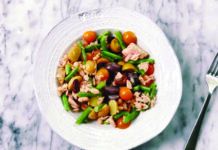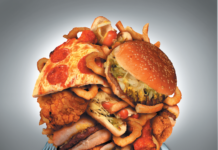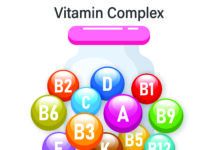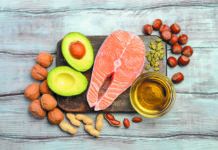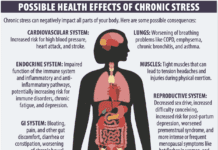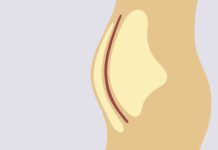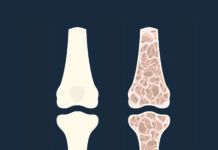Page 44
For a packaged food to carry a “low-fat” claim, it has to have three grams or less of total fat for a given reference amount established by the FDA. One objective of a recent cross-sectional study was to determine whether packaged foods with nutrient claims such as “low-fat” or “no” or “free of” nutrients such as sugar or sodium were truly more nutritious.
The researchers looked for low- or no-content claims on the more than 80 million foods and beverages purchased over a 5-year period. Using a scanner, participants scanned barcodes on all packaged foods and beverages purchased for their households. Thirteen percent of the food and thirty-five percent of the beveragespurchased had some kind of low-content claim. For foods and beverages, respectively, low-fat claims were the most common (10% and 19%), followed by low-calorie (3% and 9%), low-sugar (2% and 8%), and low-sodium (2% for both).
While foods with the low-content claims on the label had lower calories, total sugar, total fat, and sodium compared with purchases with no claim, this did not necessarily translate into better overall nutrition profiles, and healthfulness of the products varied substantially. Low-fat cookies, for example, often have the samehigh amount of added sugar as regular cookies, so, while they have less fat, they are still not a healthful choice. Also, a “reduced-fat” claim only compares the product to its regular, full-fat version, which means the claim can’t be compared across products. The authors concluded that low-content claims like “low-fat” have the potential to mislead consumers about the overall nutritional quality of thefood or beverage they are purchasing.
Source: Journal of the Academy of Nutrition and Dietetics, March 2017
To learn more about healthy eating habits that can improve your life, purchase a copy of Change Your Diet, Change Your Life from Tufts Health & Nutrition Letter.


